As an Amazon Associate, I earn from qualifying purchases.
Learn how to dry rosemary in a food dehydrator, via air drying, in the microwave, or in the oven. This dried rosemary recipe is a simple way to preserve this delicious pantry staple!

Dried rosemary is an incredibly versatile herb for home cooks. From crispy butternut squash to dry-brined chicken to crispy baked potatoes, rosemary packs so much flavor into lots of fantastic dishes.
Drying your own rosemary is both easy and affordable, and I’ll show you how.

HOW TO STORE DRIED Rosemary
As long as it is stored in a cool and dry place, your dehydrated rosemary will be good for a year.
Make sure the dried rosemary sprigs are fully cooled before putting them into an air-tight container. As it cools it will release heat that could result in condensation and eventually cause it to mold.

Get my Canning e-book!
It’s 51 pages of every helpful tip and trick you could want as a brand new canner, AND it includes 13 ad-free canning recipes that are designed to take you from novice to pro.
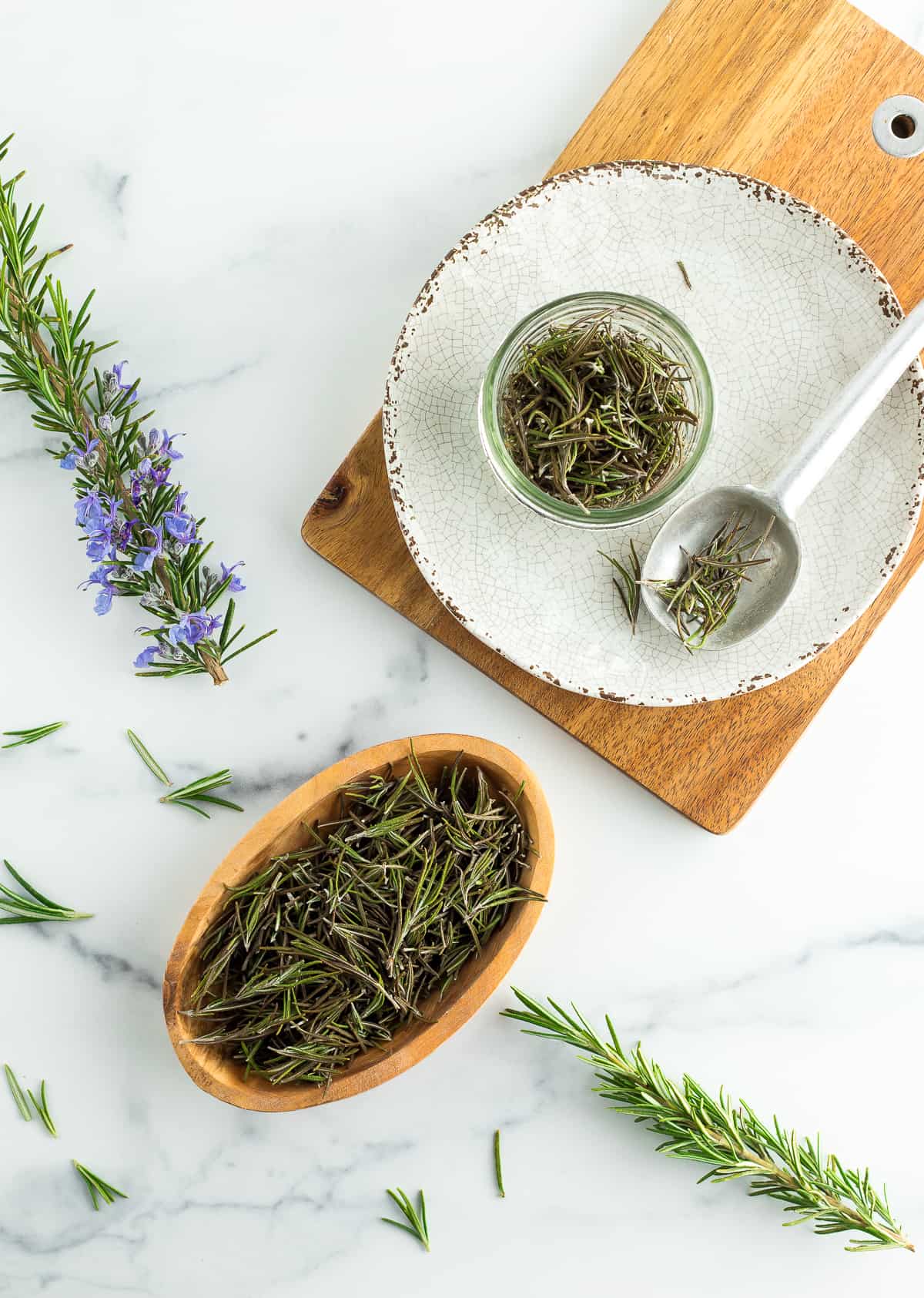
PRO TIPS/RECIPE NOTES
- Avoid the temptation to increase the heat on the dehydrator or oven to speed up the process. Low and slow wins in the race on this one.
- If your rosemary stems are very “fluffy” and stick up over the dehydrator tray, place an empty dehydrator tray over the top tray to create a buffer between the rosemary and the dehydrator fan.
- The rosemary is ready when individual stems break or snap instead of bend. They will feel like dried fall pine needles when ready.
- Remove dried leaves from the stems and store whole or grind in a food processor, mortar and pestle, or a coffee grinder used just for spices. In most recipes, rosemary is used whole and not ground.
- Store in an air-tight container like a mason jar for up to a year.
Dried Rosemary Recipe (4 Ways)
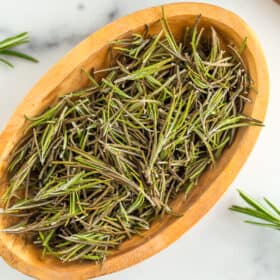
Ingredients
- 1 bunch fresh rosemary
Instructions
How to Dehydrate Rosemary in a Dehydrator
- Rinse the stems in a bowl of water.1 bunch fresh rosemary
- Then carefully dry in a salad spinner or between layers of a tea towel/flour sack.
- Arrange the stems on the drying racks so that they aren’t touching.
- Dry rosemary at 95˚F, rotating the trays every few hours.
- The rosemary is ready when it is dry to the touch and has the consistency of dried pine needles (~18-24 hours).
- Remove leaves from the stems.
- Allow leaves to fully cool before crushing or storing whole in an air-tight container.
How to Dry Rosemary in the Oven
- Place clean rosemary stems on baking drying racks set inside baking sheets. Don't let the stems overlap or touch.
- Place in the oven at the lowest temperature possible (usually 140-170˚F) and prop open the door with the handle of a wooden spoon.
- Bake for 3-5 hours. Check every 45 minutes, rotating trays and making sure sprigs are not touching.
How to Air Dry Rosemary
- Suspend small amounts of rosemary stems in a paper bag with holes punched in it and close the top of the bag with string, yarn, or a rubber band.
- Hang in a place where it can get air circulation.
- Peek in the bag every few days. Drying time will vary depending on conditions.
Drying Rosemary in the Microwave
- Remove leaves from stems.
- Place leaves flat between two paper towels and microwave on high for 40 seconds.
- Move the leaves around and microwave in 20-second increments until the rosemary is dried and crunchy (~1.5-2.5 minutes).
- This method only works well in small quantities. Do not try to dry too much at once.
Notes
- Dried rosemary will last for a year in a cool dry place.
Nutrition
Nutrition information is automatically calculated, so should only be used as an approximation.

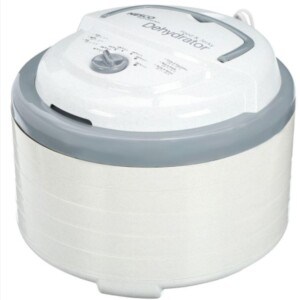
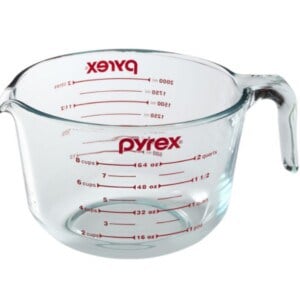
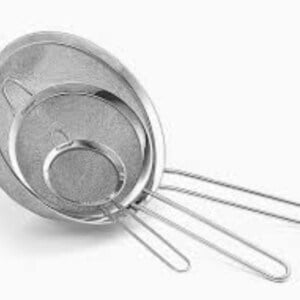

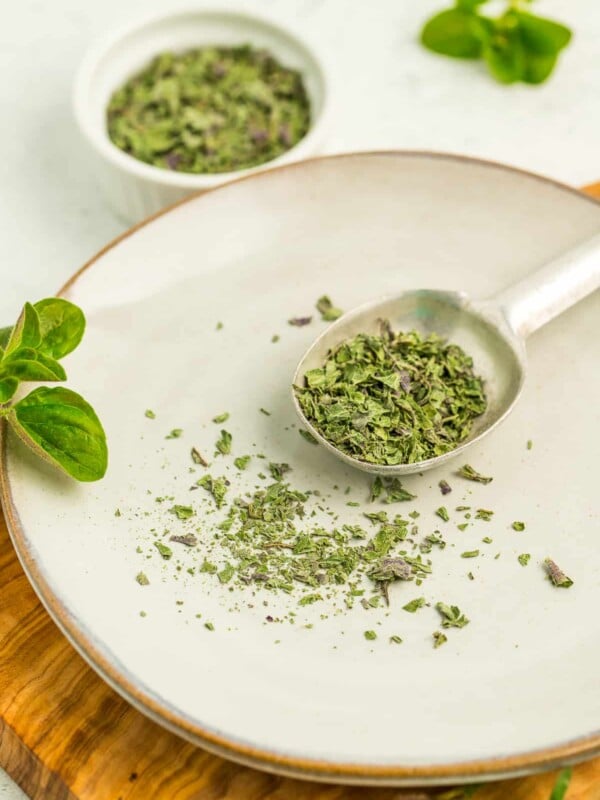
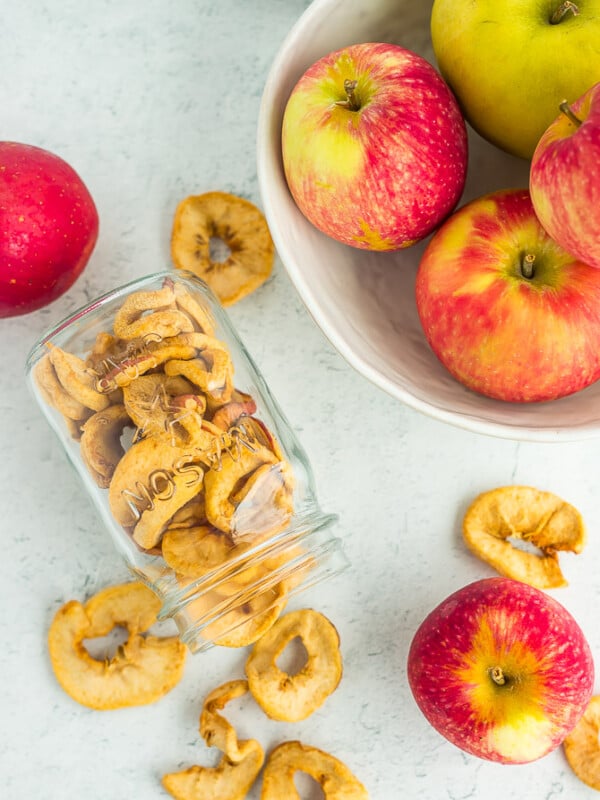
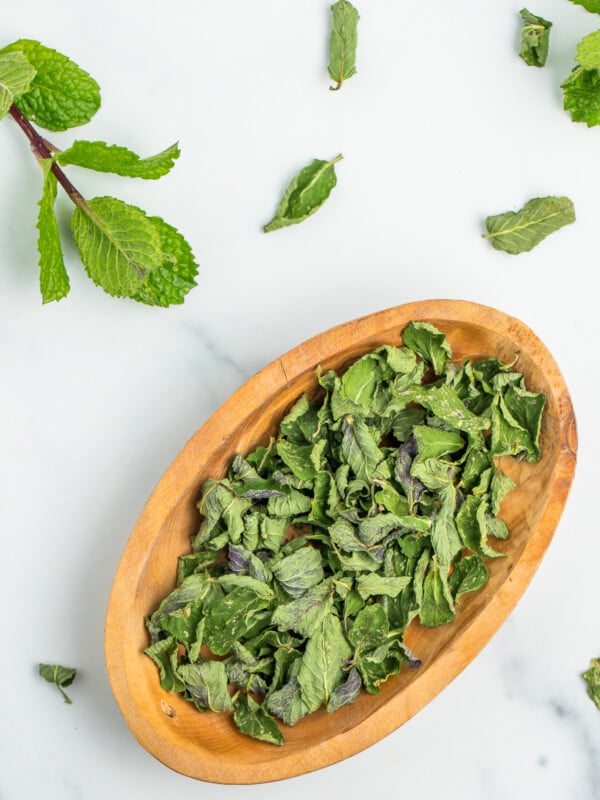
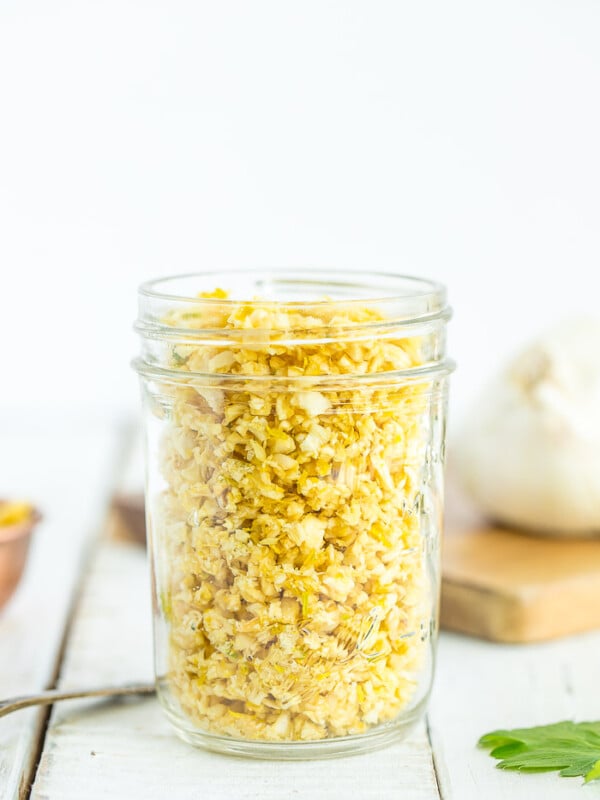
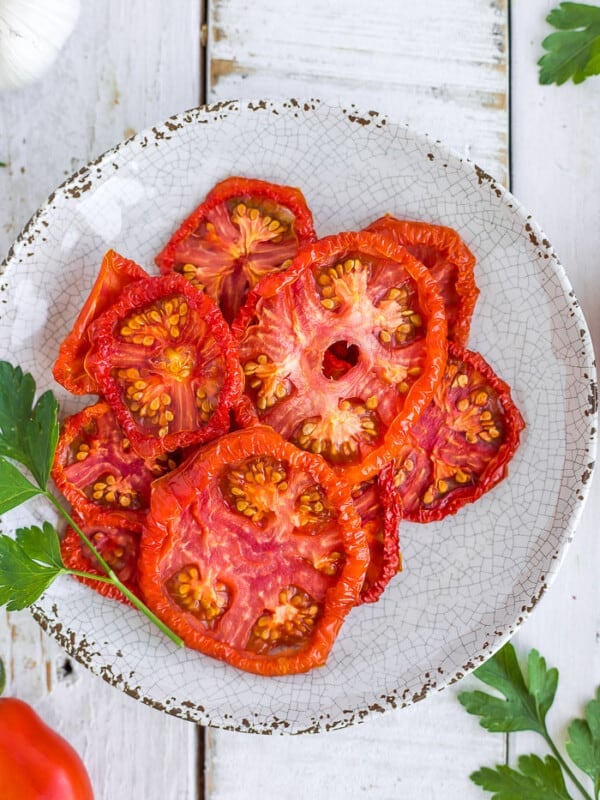
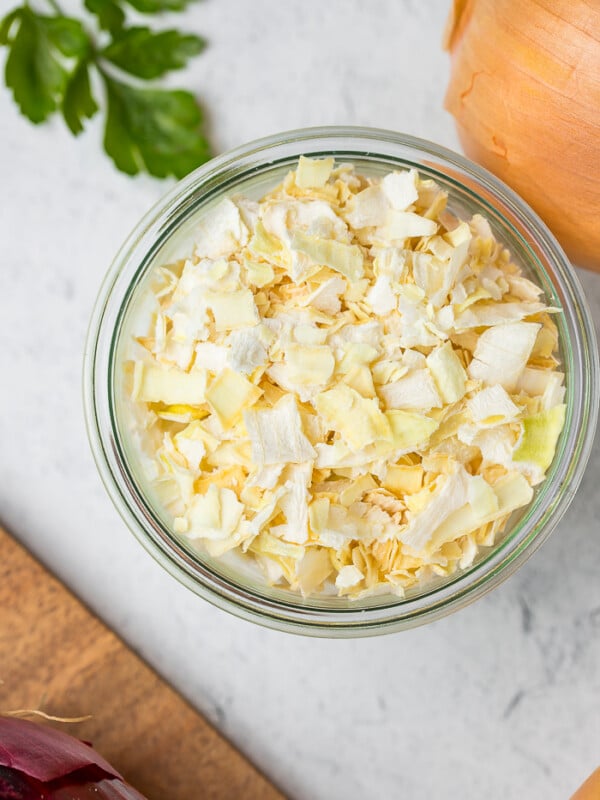






Do you know how many times I’ve gathered the last of the rosemary from the garden in the fall (the winters are cold enough in Indiana to kill it)…put it in the turned off oven to dry, and then forget about it and bake it when I go to preheat the oven next time? TOO Many. So I think the microwave tip might be the one for me, never heard of doing that! (Or even in the oven with it on, with spoon in the door I wouldn’t be able to forget!)
Thank you!
Oh, I feel you on that, Tina! But in my case, it is creating really hot dishes that I put in there to air dry and forgot about. 🙂
The spoon in the door definitely will help with the visual cue that something is in there.